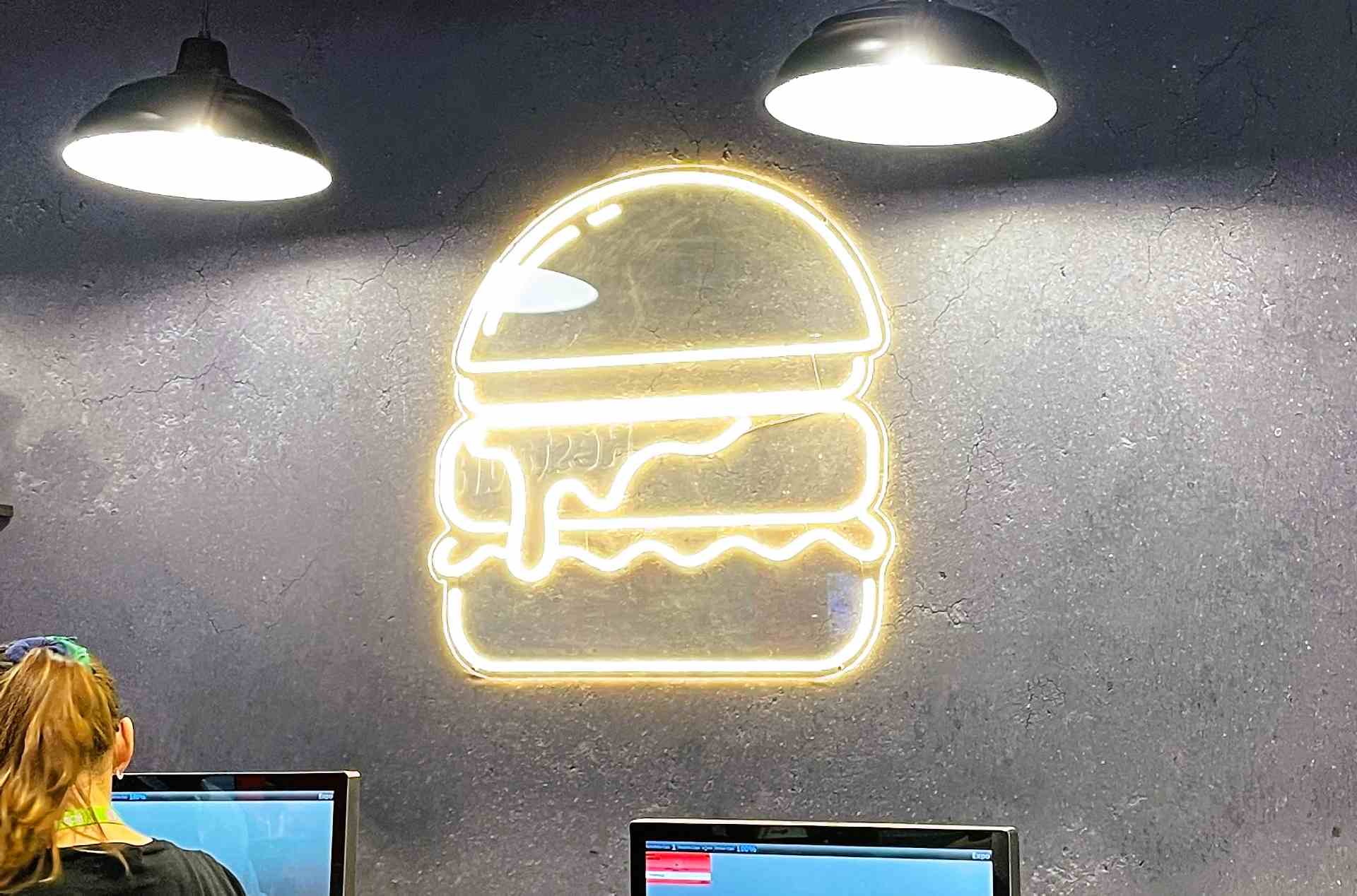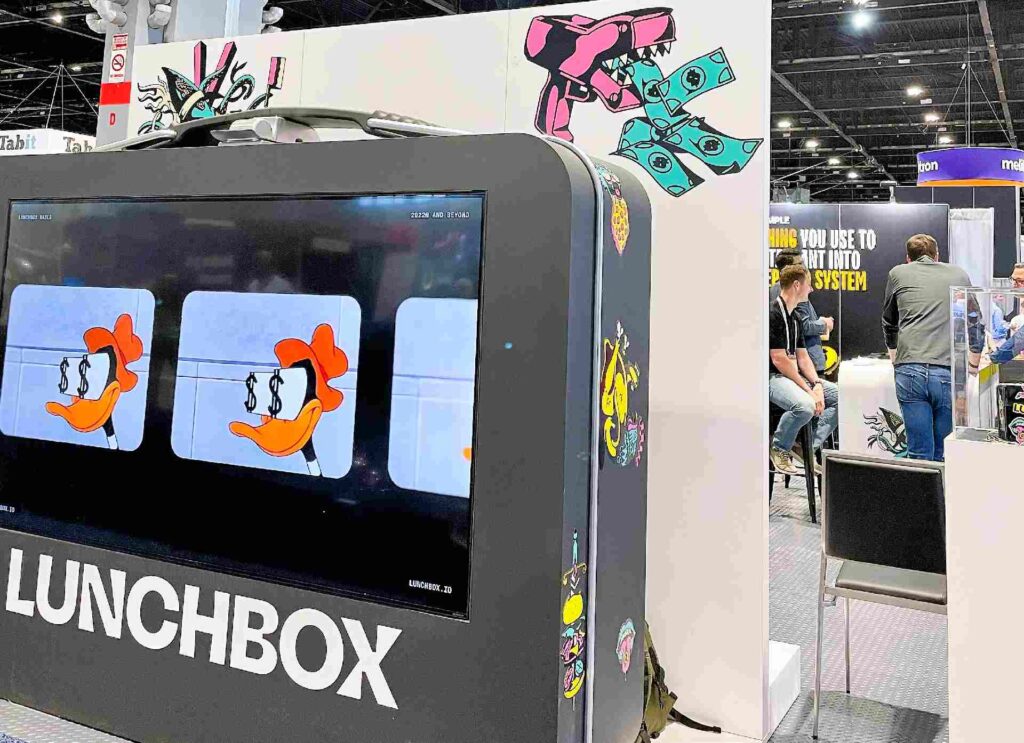Tech Shows Up in a Big Way at 2022 National Restaurant Association Show
by David Klemt

The number of tech platforms and solutions at the 2022 National Restaurant Association Show in Chicago was a sight to behold.
Once seemingly technology averse, our industry is awash in platform integrations, apps, and smart devices.
Drive-thru signs are reading license plates and collecting data. Digital menu signs are implementing facial recognition software. Automation is taking on more and more tasks.
Amazingly, the digital paint on the innovations we’re seeing isn’t even dry yet. While some developments may have taken years to come to market, it feels like they’re only one or two years “old.”
Here to Stay
People are still talking about a “return to normal” when it comes to the Covid-19 pandemic. To some, that means going back to their 2019 habits and lifestyles.
Well, that’s not going to happen in the restaurant, bar, or lodging spaces.
Delivery? Here to stay. Contactless payment? Not going anywhere. QR and digital menus? Commonplace at this point.
And contactless pickup? NRA Show 2022 attendees exploring the North Building encountered multiple pickup platforms.
To state the obvious, delivery is expensive. Combine inflation and rising gas prices with third-party delivery platform fuel surcharges and it’s only getting pricier.
Clearly, contactless pickup is becoming a more appealing solution for operators and their customers.
On the one hand, operators who invest in smart, contactless pickup lockers can avoid the exorbitant costs they incur from third-delivery companies. And on the other hand, customers know they can save money by picking up their orders themselves. Moreover, they know they can do so safely with contactless pickup.
Operators can now choose from an array of smart locker setups to leverage customer demand for safe, convenient takeout.
Your New Marketing Partner
Remember when people were blown away by QR code menus? Well, those are already old news.
As an aside, the fine-dining and luxury categories have been over QR codes for quite some time. However, they’re probably not going to be interested in the latest menu innovation. No, they’re much more eager to return to traditional, tactile, luxurious physical menus.
Other categories, though, will likely be interested in smart digital menus. As this tech gets smarter—perhaps terrifyingly so—your menu will be a supercharged sales associate.
There are digital menus coming to market that can recognize an operators guests…and then attempt to upsell them. The more a guest visits a venue with smart signs, the more the platform learns about them and their preferences. From there, the signs can attempt to sell them on a promotion like an LTO item.
Not long ago at all we learned that texting a consumer is a powerful way to market to them. Well, now we’re going to have the opportunity to sell them in a direct, interactive way straight from our menus.
Oh, and if this isn’t impressive enough, there are digital sign platforms capable of displaying surge prices. In the blink of an eye an operator will be able to leverage this type of pricing and revenue generation.
More Powerful POS
There were no shortage of powerful POS systems at the 2022 NRA Show. If anything, there are almost too many options out there for operators to consider.
However, we don’t think this is a bad problem to have. In fact, tech stack selection is one of KRG Hospitality’s key services.
Now, I’m not saying operators need to chase the newest, shiniest POS on the market. If what an operator has is working smoothly and they’re getting the most of their POS every day, there’s no reason to invest in a completely new platform.
But along with POS developments come powerful integrations. Case in point, Lunchbox. In simple terms, Lunchbox is an online ordering, marketing, loyalty, and guest subscription platform.

Recently revamped, this fun brand (one of the coolest booths at the show, if not the coolest) boasts an average increase in same-store sales of 52 percent. Additionally, Lunchbox customers (per the company) experience an average of 42 percent month-over-month revenue growth.
As impressive is the fact that this platform integrates with several top POS systems, including Toast, Oracle’s Micros, NCR’s Aloha, and Revel.
What a time, eh?
Photos taken by and property of author

